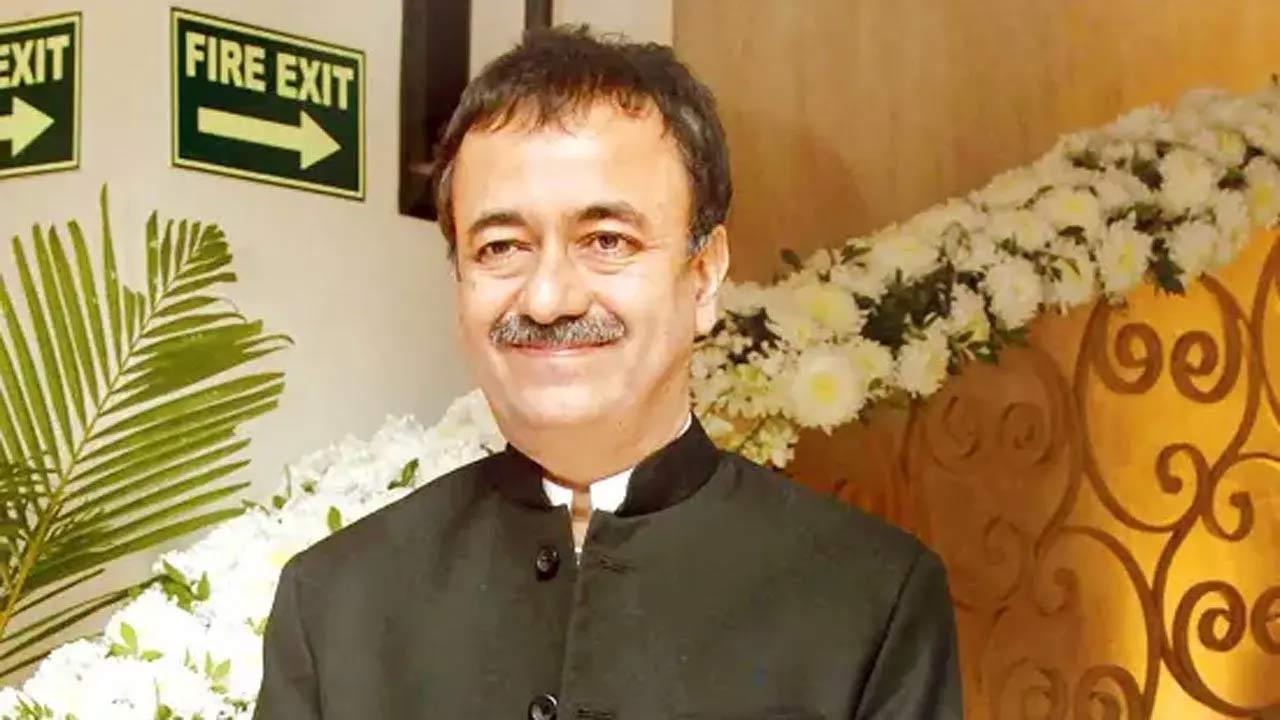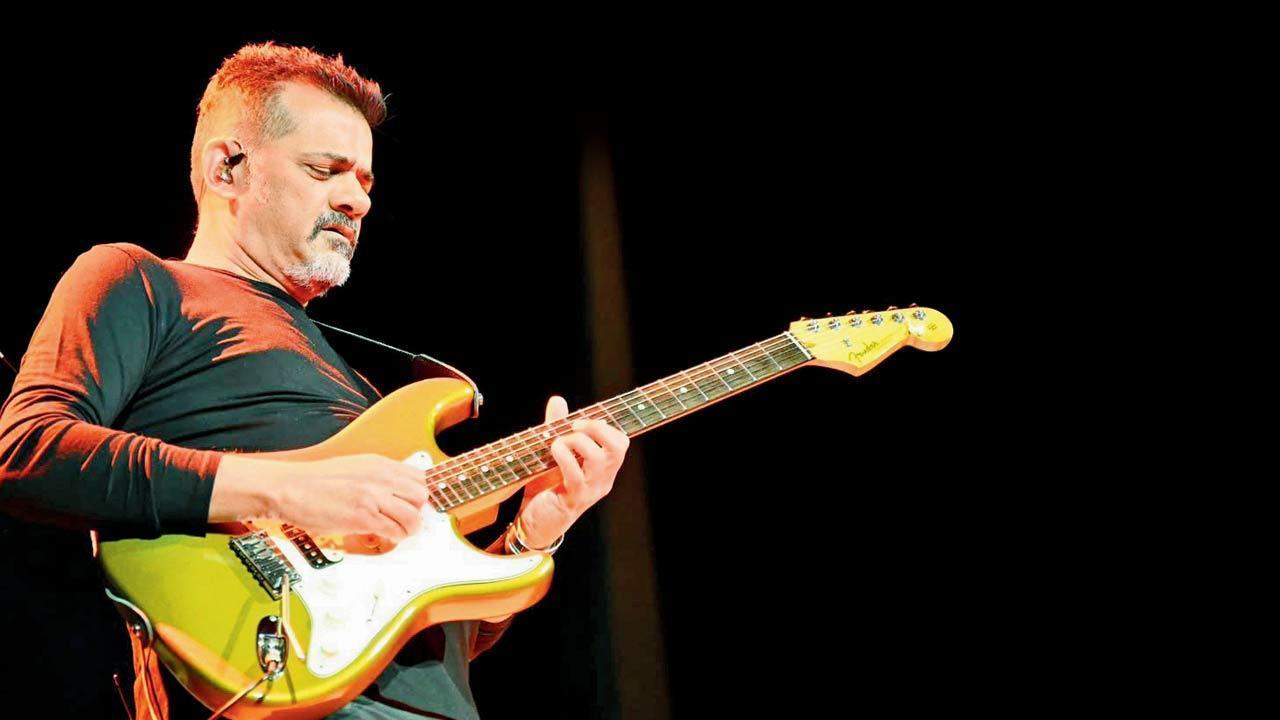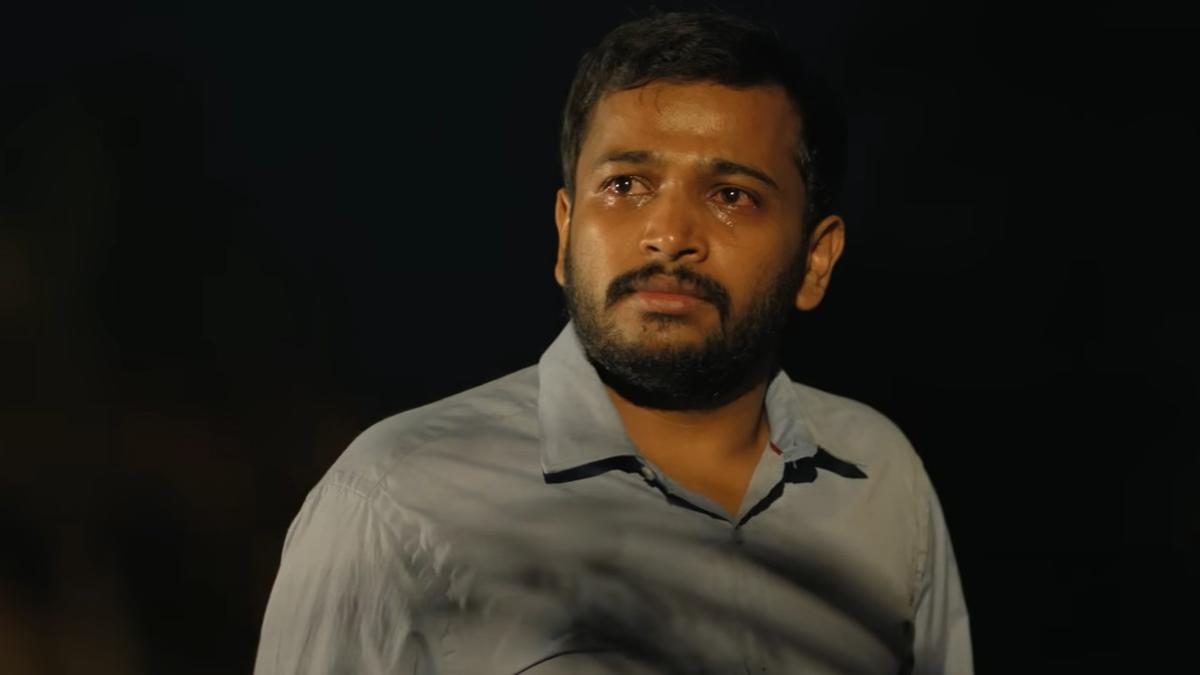
The prospect of a non-Gandhi leading the Indian National Congress has become a subject of intense speculation as the party grapples with its leadership crisis. Amidst the uncertainty over Rahul Gandhi’s decision to accept or decline the role and Sonia Gandhi’s health-related abstinence, the possibility of Ashok Gehlot, the Chief Minister of Rajasthan, stepping into the top spot has stirred the political pot.
Following a vital meeting with Sonia Gandhi in the national capital, conjecture grew that Gehlot was offered the presidency of Congress—a position not held by a non-Gandhi for over two decades. This development came a day after Gehlot professed that the party overwhelmingly supports the return of Rahul Gandhi as the Congress chief.
Despite the backing of the Gandhi family, Gehlot’s potential candidacy could face a challenge from the G-23 faction, the group of leaders who have been vocal about the need for sweeping reforms within the party. According to Rasheed Kidwai, a seasoned journalist and author, there still remains the possibility of Sonia Gandhi taking on a full-time presidential role with the appointment of two or three working presidents, among whom Gehlot could be one.
The elevation of Gehlot or perhaps Sachin Pilot, the Deputy Chief Minister of Rajasthan, to a working president’s position might also aid in resolving the leadership struggle between the two stalwarts in the state, which is heading towards elections next year.
There’s also the pledge made by the Gandhis to Pilot, considering his promotion to the post of Chief Minister before the state elections, a move that could consolidate his position within the Congress framework. Moreover, Gehlot is recognized as a stalwart Congress leader and an Other Backward Class (OBC) figure in the Hindi-speaking regions, where the party has been struggling to regain influence.
Despite the political equations in play, there’s a sense of reluctance on Gehlot’s part, as ascending to the role of the party chief would necessitate resigning from his post as Chief Minister.
The potential election of a non-Gandhi presents a mixed bag of outcomes—on one hand, it could mitigate the accusations of nepotism and dynasty politics that have long plagued the Congress. On the other hand, it might foster internal distrust, amplify existing factional tensions, and instigate a hierarchical battle within the party’s ranks.
Kidwai suggests that the choice of a non-Gandhi party head, especially one seen as a figurehead for the Gandhi family, would be a significant vote of no-confidence against Rahul Gandhi. The remote control perception could render the organizational elections futile.
The G-23 has not explicitly revealed whom they would support as their candidate. Two prominent figures, Ghulam Nabi Azad and Anand Sharma, have recently demonstrated their dissatisfaction with the current leadership by rejecting party positions offered to them. Whether the G-23 prefers to support Shashi Tharoor or Manish Tewari remains uncertain, as does the realistic chance of their success given the Gandhis’ influence over the electoral college.
While anyone can contest the presidency election, winning it is an entirely different matter. The tacit support of the Gandhis might be an indispensable advantage, echoing the electoral dynamics of 2001, when Jitendra Prasada was soundly defeated by Sonia Gandhi.
As the Congress party moves closer to its electoral crossroads, the decision on leadership will be pivotal, shaping the party’s future, vis-à-vis its struggle against the Bharatiya Janata Party (BJP) in 2024 and beyond. Regardless of the outcome, the Congress party stands at a historic juncture, with its decision capable of heralding significant shifts within the Indian political landscape.










